AMADA, AZ – THE LONGHORN SALOON
A few nights later we ate across the street at the Cow Palace which sits on the site which dates back to the 1920s. Several movies were filmed there including The Man Who Loved Cat Dancing, Pray for the Wildcat, Tin Cup and The Postman.
The biggest show of its kind, it is spread throughout central Tuscon in several venues including hotels and tents. I’ve never seen so many rocks and gems.
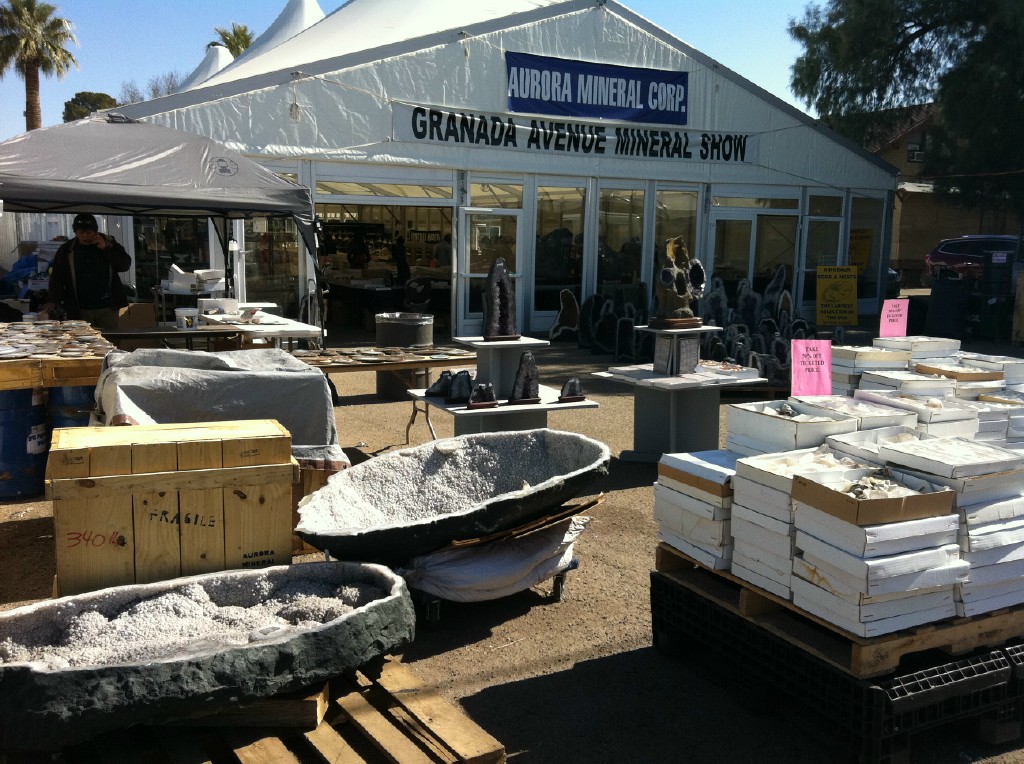
In search of meteorites, Alan found what he was looking for, his own little piece of outer space.
This is really an event for people who are serious, i.e., people who buy and sell gems, and/or make jewelry to sell.
Personally I think Quartzsite is much more fun.
MISSION SAN XAVIER del BAC
This historic Spanish Catholic mission, about 10 miles south of Tucson, is on the Tohono O’odham San Xavier Indian Reservation. You park and walk through the mission and church with no fee.
Because of the natural springs in the area it is known as “the place where water appears.”
The mission was founded in 1699 and its Moorish-inspired designcture is elegant and simple.
It is very picturesque!
TUBAC – The city of art
The town is made up of several blocks of art galleries and boutiques with Native American wares, Indian jewelry, etc. The artists may be seen creating their artwork on the spot. Tubac also has several wonderful restaurants. It is what Sedona was like before it became ruined.
Tubac is quaint and friendly with an intimate ambiance.
It just so happens when we visited, they were in the midst of their annual art festival!
INTERNATIONAL WILDLIFE MUSEUM
This wonderful museum is a non-profit educational program of Safari Club International Foundation dedicated to increasing knowledge and appreciation of the world’s diverse wildlife.
I could barely move past the butterfly display which was captivating!
This Bird of Paradise is supposed to be upside down.
The Museum is located in Gates Pass on the way to Old Town Tucson.
OLD TOWN TUCSON
Having grown up in Hollywood, I was not too impressed with Old Town Tucson and felt it was overpriced. The mid-town shoot out was hokey, as they usually are, but the can-can show in the saloon was lively and professional. We took the cave tour led by Terrible Tom and enjoyed a short ride on the train.
MADERA CANYON
The Canyon creek traverses four life zones and many habitats between the desert floor and the mountain tops. There are several places to hike or sit, with binoculars in one hand and a bird guide in the other!
The Santa Rita Lodge has a sitting area in front of bird baths and feeders.
This hepatic tanager was very cooperative as Alan kept clicking his camera.
We could hear a bunch of noise behind us and suddenly about a dozen wild turkeys appeared looking for lunch.
The main reason that a crowd of birders were waiting in front of the gift shop was to hopefully catch a glimpse of the Elegant Trogon. While we were waiting, we were thrilled to see a painted restart, which seemed to be posing.
AND SUDDENLY GUESS WHO APPEARED! To everyone’s delight the trogon flew into a berry bush right in front of the waiting birders. It only stayed a moment and never was in plain sight, but the cameras were clicking and binoculars pointing.
The elusive Elegant Trogon, once called the Coppery Tailed Trogon
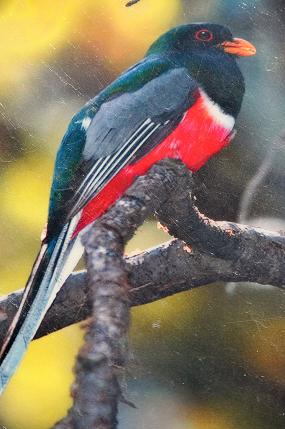
ARIZONA-SONORA DESERT MUSEUM
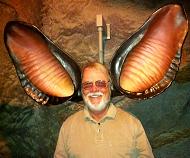
Bats have ears that are dispurportionate to their size! To show this, the museum invites you to try on these ears so you know how a bat feels!
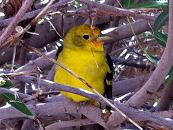
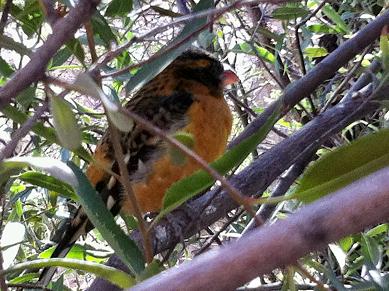 The aviary was full of desert birds such as a western tanager and a black headed grosbeak
The aviary was full of desert birds such as a western tanager and a black headed grosbeak
There are acres of gardens and lots of exhibits including live animals. This is a place that takes a day to see all it has to offer.
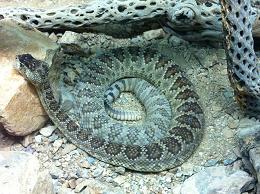
IMPERIAL SAND DUNES
Headed north, back into California, we went through another immigration check point and since it was getting dark we pulled into a camping area at this OHV recreation area. That is OFF HIGHWAY VEHICLES. It was really quite beautiful camped at the foot of the dunes, but we knew daylight would bring out the ATVs so we didn’t stay long after daybreak.
PHILLIPS COCKY CACTUS COMPOUND
Just outside of Anza Borrego State Park in a community called Ocotillo Wells, we visited my cousin Diana and her husband Larry. Their 10 acre spread is set up for entertaining guests and we were greeted with a campsite complete with hook ups. We sat in the palapa and watched the Lakers lose to the Magic.
Diana and Larry and little Suzi enjoy their desert retreat during the winter, but come summer they head for Florence Oregon and enjoy a completely different life style.
Finally it is time to head home from the Wild Wild West. From Blythe and Quartzsite to Castle Dome and Yuma, from Organ Pipe National Monument to Tucson and its surrounding adventures, from Tubac back to Yuma, north to Imperial Sand Dunes, through Ocotillo Wells, and as a last stop, Desert Hot Springs. It has been an adventure filled trip!

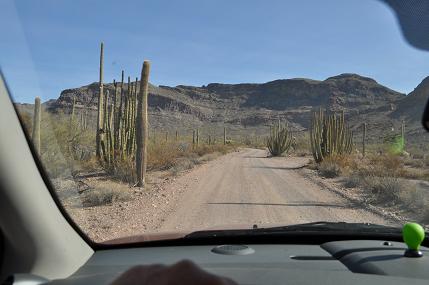 The desert’s beauty captures us as we travel this
The desert’s beauty captures us as we travel this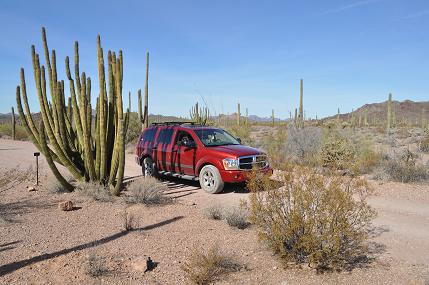 In the Spring this area could be carpeted with wild
In the Spring this area could be carpeted with wild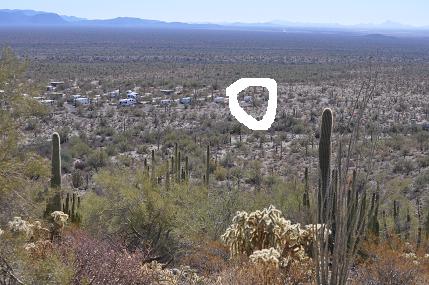 From the highest point we looked down on the campground. I have tried to circle our camp, not very artistically.
From the highest point we looked down on the campground. I have tried to circle our camp, not very artistically.